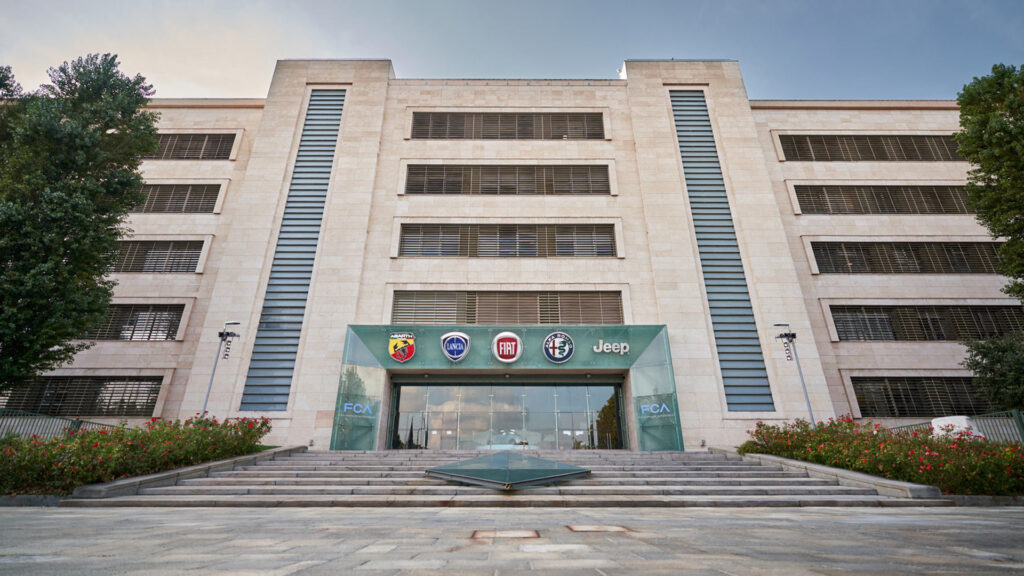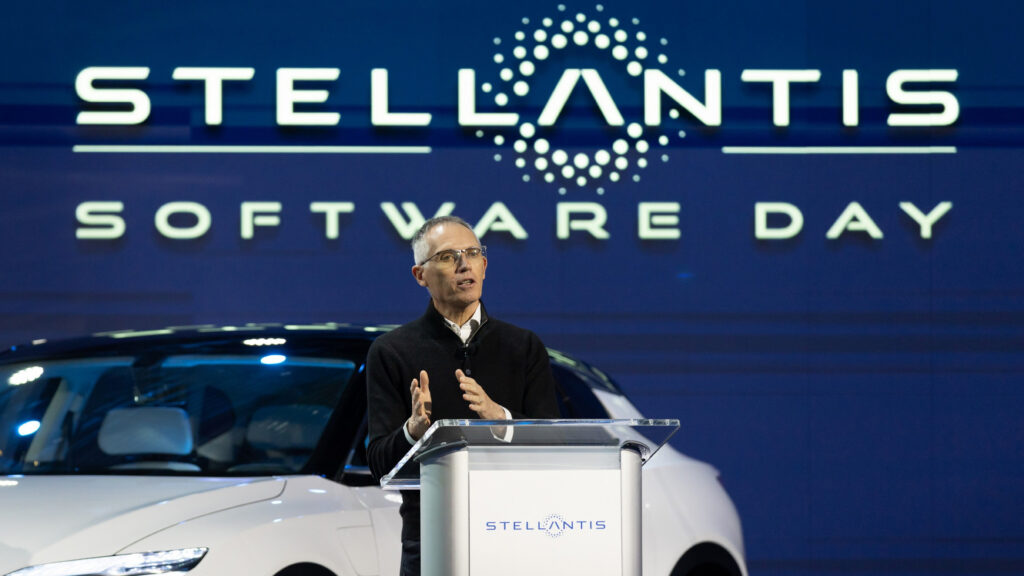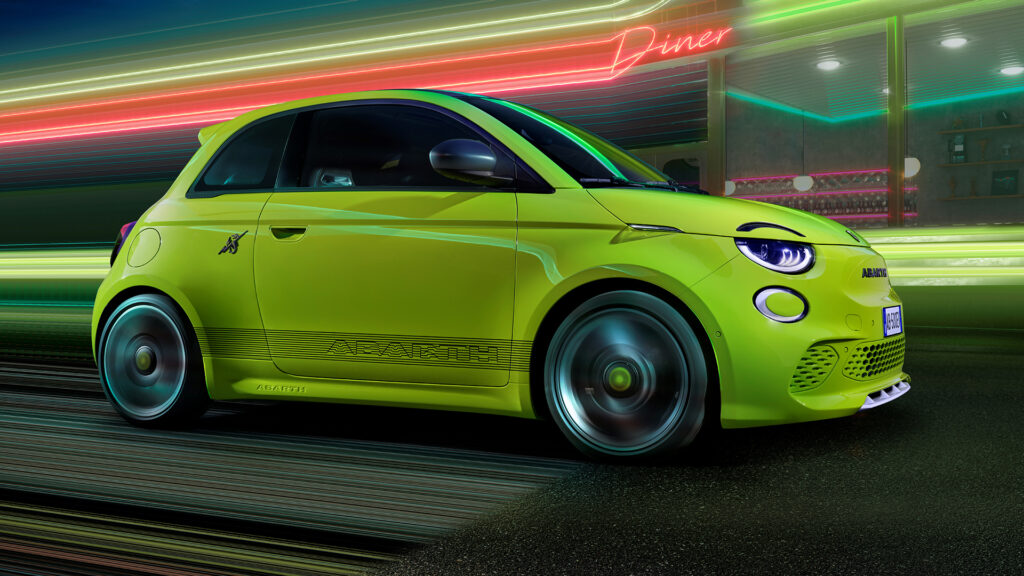- The car manufacturer is looking to cut costs by in-sourcing more parts.
- Carlos Tavares says using parts in-house also speeds up development times and will help the brand’s electrification transition.
- The company wants to be selling 5 million BEVs annually by 2030.
Stellantis is considering ditching some of its suppliers to make components in-house in a bid to lower costs.
While speaking on a recent conference call from Italy, Stellantis boss Carlos Tavares said the company can cut costs by in-sourcing more parts. Doing so can also speed up the development of parts and help the brand in its electrification transition.
Read: Stellantis Boss Describes Tariffs Against Chinese EVs As A “Major Trap”
“When suppliers are not racing at the same speed of our teams, our teams see a big benefit to in-source,” Tavares said. “You come to the conclusion that what you have outsourced, you can do it in-house.”
Stellantis sources parts from major suppliers including Valeo, Continental, Magna International, Forvia, and Aptiv. Tavares said the company, as well as its partners, are tweaking investment levels for EV batteries to meet demand, Auto News reports.
This news comes shortly after the joint battery compound being built by Stellantis and the Mercedes-Benz Group at sites in Germany and Italy halted work to potentially switch the type of EV battery cells it will produce. The plant in Kaiserslautern, Germany, was supposed to start cell production by 2025 with a capacity of 40 gigawatt-hours per year.

During the recent call, Tavares added that productivity and quality has improved at the firm’s Melfi, Italy, plant which assembles Jeep and Fiat models. He also said the carmaker has had “constructive” discussions with Italian unions.
The Stellantis range will be overhauled over the coming years as it pursues electrification. The conglomerate plans to have 75 battery-electric vehicle nameplates in its range by 2030 and wants to be selling 5 million BEVs annually by the same date.
While Stellantis is committed to BEVs, it will continue offering customers other powertrains. In May, Stellantis chief financial officer Natalie Knight said the new Wagoneer S could be sold in hybrid and gas-only versions if there’s demand for it. The carmaker has this flexibility because the platforms used by its BEVs can also support combustion engines.




